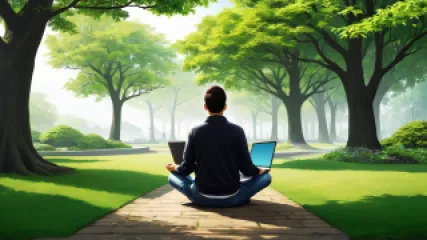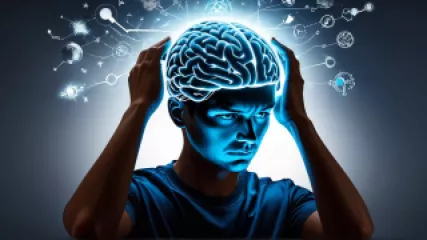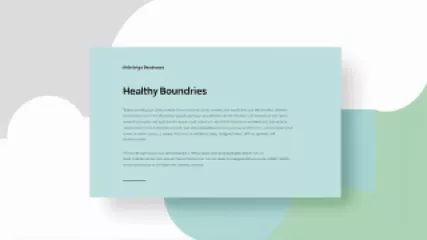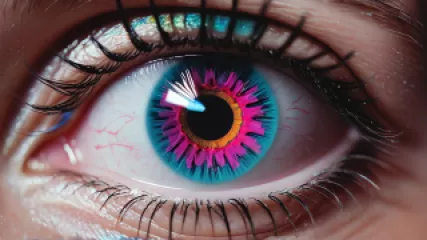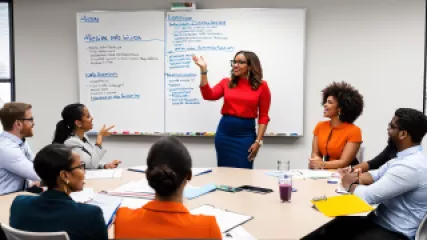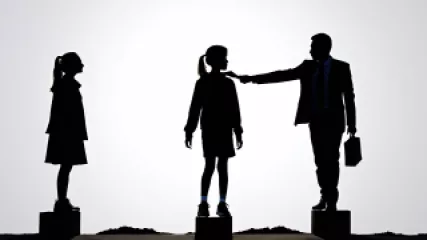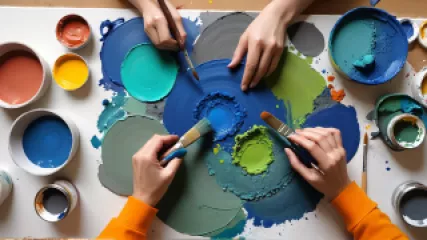Navigating Midlife Crisis: A Step-by-Step Guide
1 year ago
Navigating Midlife Crisis
How to Overcome Work Addiction: A Step-by-Step Guide
1 year ago
Workaholism
Overcoming Cognitive Dissonance: A Step-by-Step Guide
1 year ago
Cognitive Dissonance
My Journey Towards Personal Growth: Self-Discovery and Transformation
1 year ago
Personal Growth
Establishing Healthy Boundaries: A Research Summary
1 year ago
Boundaries in Personal Life
Building Unshakable Confidence: An Interview With a Mental Wellness Coach
1 year ago
Confidence Building
Unlocking Insights: Sensory Processing Lessons from the Big Screen
1 year ago
Sensory Processing
Reasons to Volunteer: Why is Volunteering Beneficial?
1 year ago
Volunteering Benefits
Addressing Biases: An Interview with a Diversity and Inclusion Specialist
1 year ago
Confronting Bias
How Can Couples Counseling Help With Marital Issues?
1 year ago
Marital Issues
The Gift of Happiness: My Journey with Gift Giving
1 year ago
Psychology of Gift Giving
Overcoming Gambling Habits: A Step-by-Step Guide
1 year ago
Psychology of Gambling
Overcoming Peer Competition: The Ultimate Guide
1 year ago
Handling Peer Competition
How Can Cooperation Provide Emotional Support?
1 year ago
Psychology of Cooperation
The Transformative Power of Artistic Meditation for Healing
1 year ago
Healing Through Art

